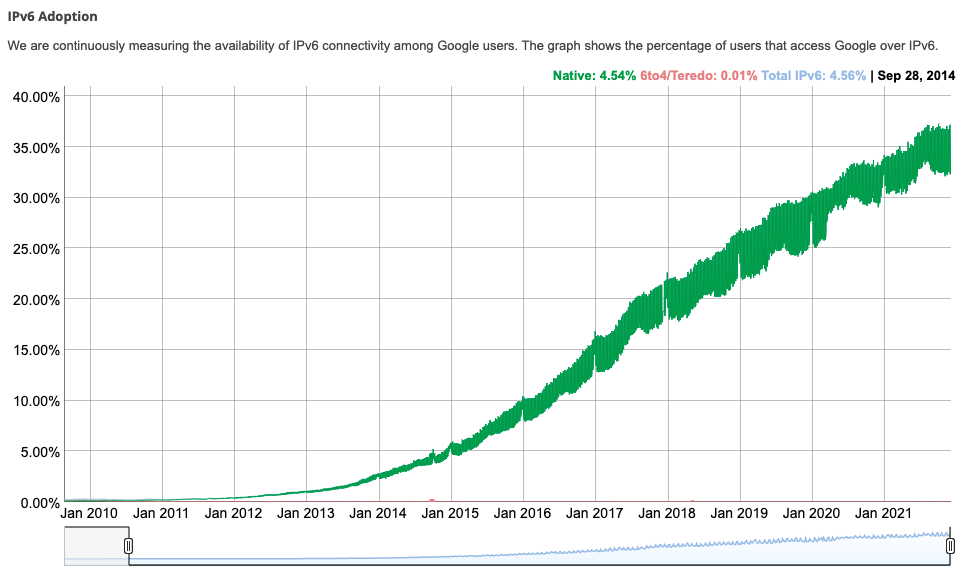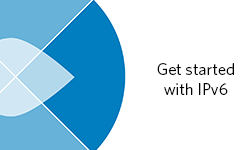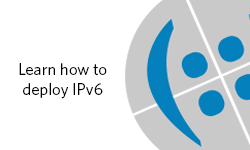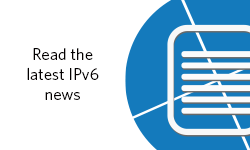
The Internet is what it is today thanks largely to the support of millions of individuals and organizations; support that has often been provided altruistically to make the Internet better, and not for recognition.
Content Delivery Networks (CDNs) are a common example of this, which quietly and without fuss, deliver content quickly, efficiently and securely to websites and Internet services all over the world. However, as they have become the main distributors of web traffic in the last decade, they have more influence and this has enabled them to shape the Internet’s growth, including the adoption of IPv6.
As one of the largest CDNs in the world — serving up to 30% of all Internet traffic — Akamai has been a leading proponent and driver of IPv6 adoption over the last decade.
For those who’ve closely followed the Regional Internet Registry and Network Operators Group (NOG) speaking circuit over this time, you may have seen a presentation on Akamai’s IPv6 strategies, deployment lessons and measurements, including its famous State of the Internet reports. Alex Leung, a Senior Enterprise Architect at Akamai Technologies, continued this discussion at the recent APNIC 52 conference in September this year.
Watch Alex Leung’s presentation ‘Akamai IPv4/IPv6 experience’ at APNIC 52.
Speaking in the IPv6 deployment session, Alex covered the rise of IPv6 over the last decade, highlighting how the pandemic and subsequent increase in over-the-top (OTT) services such as video communication and streaming have fuelled this further with average global IPv6 adoption passing 35%.

He also shared two case studies of Akamai partnering with OTT and telco customers in Japan (Abema TV) and the USA (T-Mobile) to help reduce latency times. Apart from building an ever-expanding network of cached servers to bring content closer to users, Akamai has also encouraged and assisted its customers to transition to and support IPv6 to take advantage of higher throughput and lower round trip times (RTT).
According to the Akamai website, one reason why IPv6 typically gets delivered with higher throughput than IPv4 is that “some large network providers — especially mobile networks — are shifting to IPv6-only for end-user connectivity and provide legacy IPv4 connectivity via IPv4-as-a-service over IPv6. This means that IPv6 traffic can reach the Internet directly, while IPv4 traffic needs to go through network address translation (NAT) exit points.”
The two case studies sought to test this theory.
In the case of Abema TV, Alex noted that IPv6 improved Abema TV’s throughput by an average of 38% compared to IPv4, and by an average of 67% at night. Further studies by Abema TV have found that this has led to improved viewing quality as well as a 90% improvement over the existing failure rate.
Similarly, T-Mobile measured significant RTT improvements over IPv6 in its cellular network ranging from 49% to over 60% faster than over IPV4 — see the white paper.

Much of this reduction was thanks to a unique technique developed by Akamai for DNS Authorities that eliminated an extra round trip from the DNS lookup process in IPv6-only mobile networks. According to the paper, “The technique is unique in that it enables DNS Authorities to detect and effectively use NAT 64 prefixes to reduce DNS lookup time, without the need of any support from the cellular ISPs, allowing measurement of the performance difference.”
Research and collaborations like these continue to support the move towards IPv6.
The views expressed by the authors of this blog are their own and do not necessarily reflect the views of APNIC. Please note a Code of Conduct applies to this blog.




